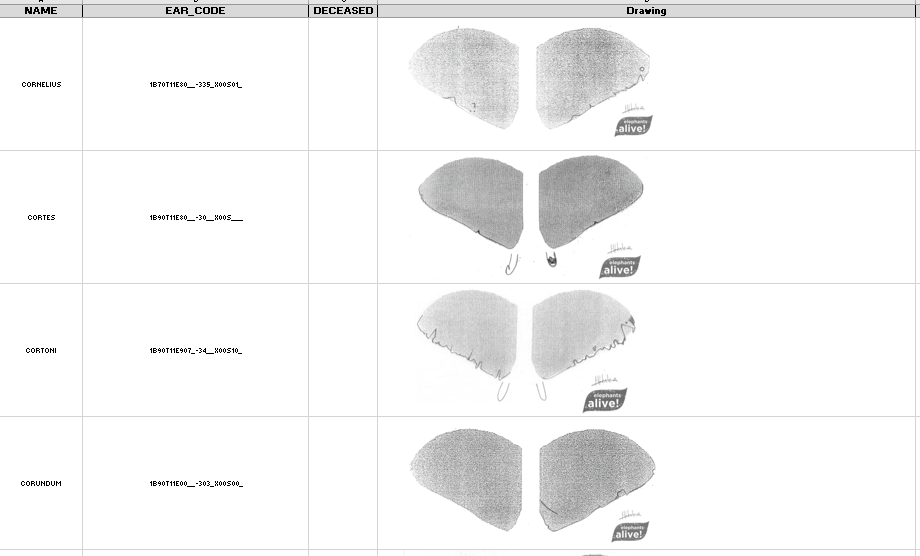System for Elephant Ear-pattern Knowledge (SEEK) to identify individual African elephants
DOI:
https://doi.org/10.69649/pachyderm.v61i.65Abstract
Elephant numbers have drastically declined over the past century with illegal killings, habitat fragmentation and human-elephant-conflict representing the greatest threats. Information on estimates of abundance and demographics are important to understand the long-term implications of these threats. Mark-resighting studies can provide valuable insights but depend on the individual identification of numerous elephants within populations across both Africa and Asia. Most photographic elephant identification studies are still reliant on human memory and manual matching of known individuals. A process that is not only labour intensive but also largely dependent on experiential skills that need to be developed over time by researchers. Over the course of almost 25 years, Elephants Alive has developed a unique System of Elephant Ear-pattern Knowledge (SEEK), which makes allowance for rapid individual identification of savannah elephants with reduced observer bias using basic software while also accommodating missing information or changes in identification features over time.
Résumé
L’effectif de la population d’éléphants d’Afrique connait un déclin rapide depuis le début du siècle avec pour principales menaces, le braconnage, la fragmentation de leur habitat et les conflits hommes/éléphants. Les estimations de leur abondance et les données démographiques sont importantes pour comprendre les implications à long-termes de ces menaces. La méthode capture-marquage-recapture utilisée dans les études, fournie des informations précieuses mais dépend de l’identification individuelle de nombreux éléphants au sein des populations d’Afrique et d’Asie. La plupart des études d’identification photographiques d’éléphants dépendent toujours de la mémoire humaine et de l’appariement manuel d’individus connus. Un processus qui est non seulement minutieux et chronophage mais aussi largement tributaire des compétences expérientielles qui doivent être développées au fil du temps par les chercheurs. En près de 25 ans, Elephants Alive développé un système d’identification unique « System of Elephant Ear-pattern Knowledge (SEEK) », qui utilise le dessin du contour des oreilles des éléphants de savane pour une identification rapide de l’individu avec un biais d'observation réduit, en utilisant un logiciel basique qui tient compte des informations manquantes et des changements des caractéristiques d’identification au fil du temps.




